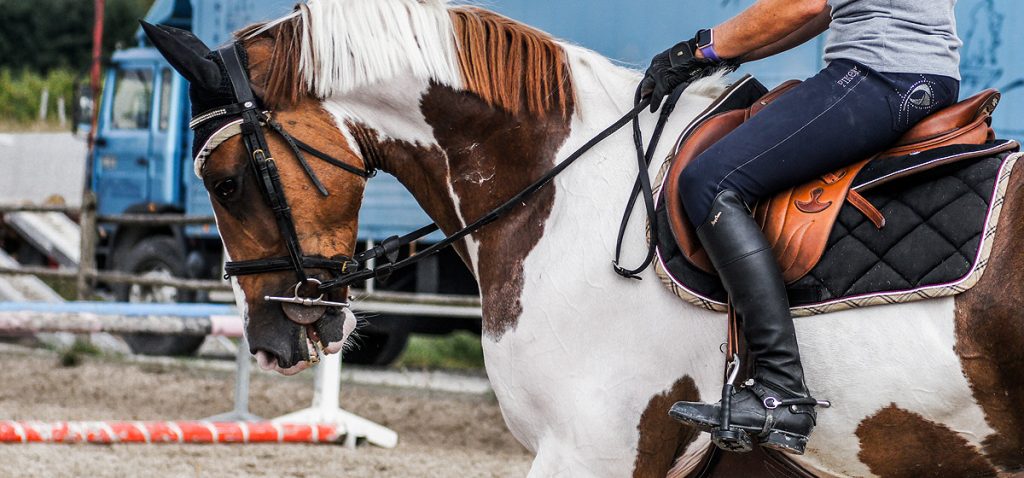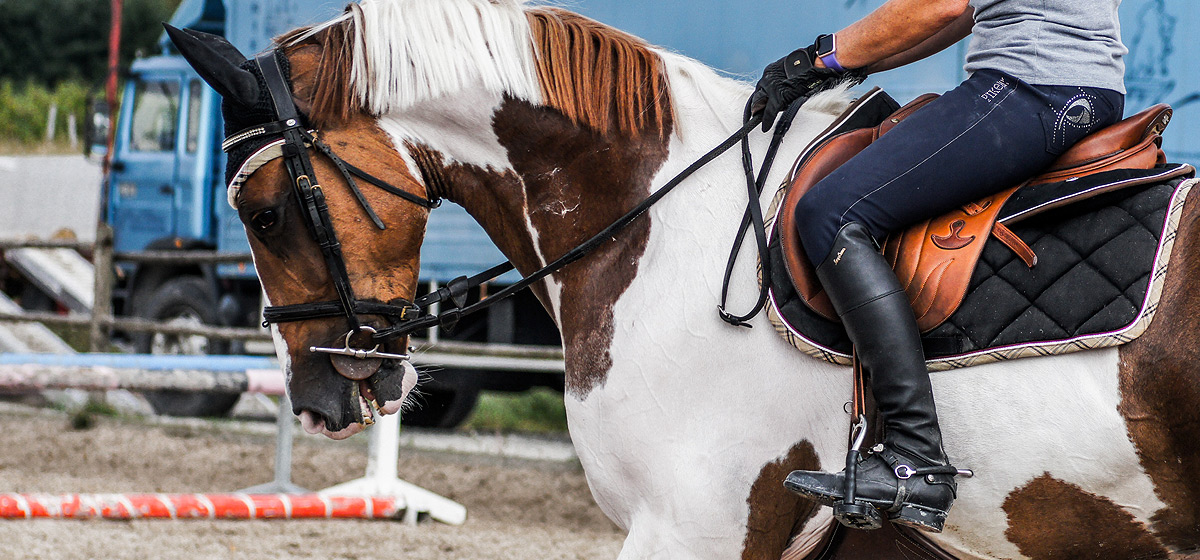How to Find the Right Trainer for Your Horse

It can be difficult to find the right trainer for your horse. You have to place a lot of trust in a trainer that they will take care of your horse and watch out for their safety. Not only do you want the best trainer possible, but you also want to make sure that they are working ethically to train your horse and are not abusive in their practices. That’s why we’ve come up with seven tips on how to find the right trainer for you and your horse.
1. Location
If possible, it’s best to try to find a local trainer. Determine a set area around your home to which you would be willing to travel and search for trainers in that area. With trainers who are located far away from you, you run the risk of them not focusing as much on your horse because there is no oversight. You should try to visit your horse occasionally while it’s training so that you can do some of the riding yourself.
2. Ask for Recommendations
Your veterinarian and farrier should be familiar with you and your horse so it is a good idea to ask them for the names of some trainers that you can interview. Each barn has a different feel and clientele set, and your vet and farrier should be able to recommend a trainer that fits with your style. When you are interviewing with a trainer, ask for references from people who are in similar situations to your own. Ask any former clients why they have left and listen to their words carefully.
Want to learn more?
Subscribe to learn how Horse Marketplace can improve your horse buying, selling, and ownership experience.
3. Observe the Trainer in Action
If you have found a trainer you like, take the time to observe them in action. How a trainer acts at a high-stress horse show can be a good indicator of how they treat their horses and clients. Watch closely to see how the trainer and clients are interacting and if the clients seem like they are enjoying the day. If you see the trainer do anything that puts the horse in harm’s way or they appear abusive towards the horse while in public, then you don’t know what they may be doing back at the stable when no one is watching. Trainers should be relaxed and quiet when warming up a horse for shows.
4. Visit the Stable
Arrange to spend a day at the barn and take the time to meet with the staff and clients. To understand how your horse will be treated, watch what a typical day is like with that trainer. Observe the relationship between the trainer and employees and watch to see how everyone likes working at the barn. Take the time to meet the people who will be working with your horse. You should also schedule a lesson with the trainer so that you can see how you work together and the trainer can observe your riding level. Open communication with the trainer about your goals will help you determine if you will be a good match.
5. Safety
When you are visiting the barn, make sure to look it over for safety precautions. Look at the conditions of the barn, including whether there is clutter in the aisleways, if the barn is a fire hazard, and if everyone there is mindful of each other and their safety as they go about their days. Check the stalls to see if they are well-kept and free of loose nails, missing boards, and water units with sharp corners. You want to make sure your horse doesn’t accidentally hurt itself while in the care of the trainer. Also, observe the equipment the trainer uses and how the horses are turned out.
6. A Good Environment
One good way to predict how your horse will be treated by the trainer is by observing the other horses at the barn. Are they groomed, and do they have trimmed hooves, shelter, and adequate feed and water? Stop by the barn on multiple occasions to make sure the environment is consistent and that the other horses always seem happy and well cared for.
7. Goals
Set benchmark goals with your trainer of where you would like the horse to be in one month, three months, and in a year. This will help you ensure your horse is making progress. Have conversations with your trainer about whether the trainer thinks your horse is meeting these goals or if they have any concerns about the horse and its suitability for you.
By following these tips, you should be able to find a trainer that is a perfect fit for both you and your horse.

